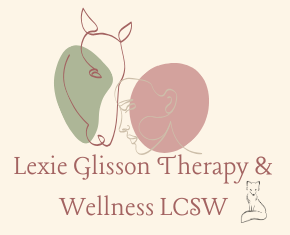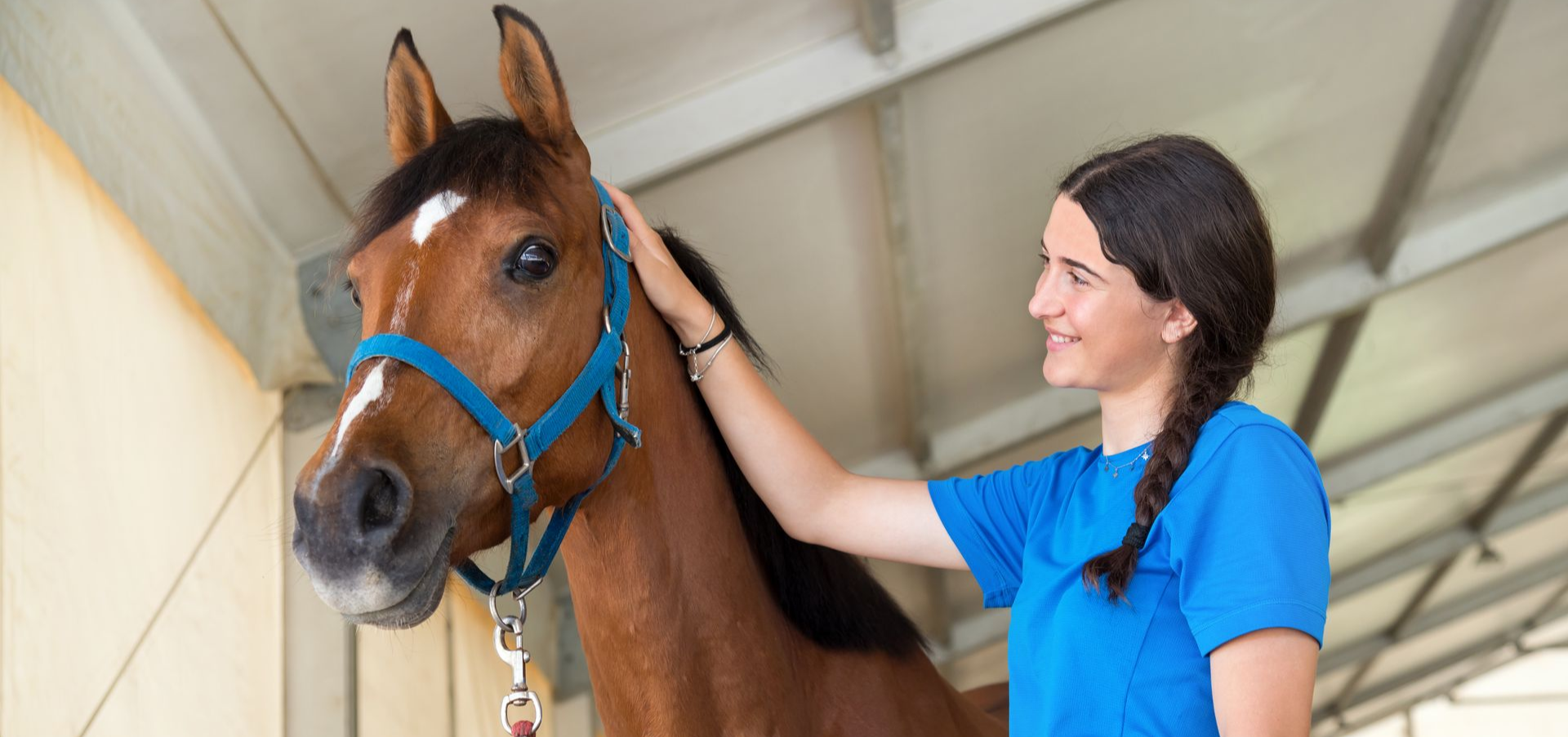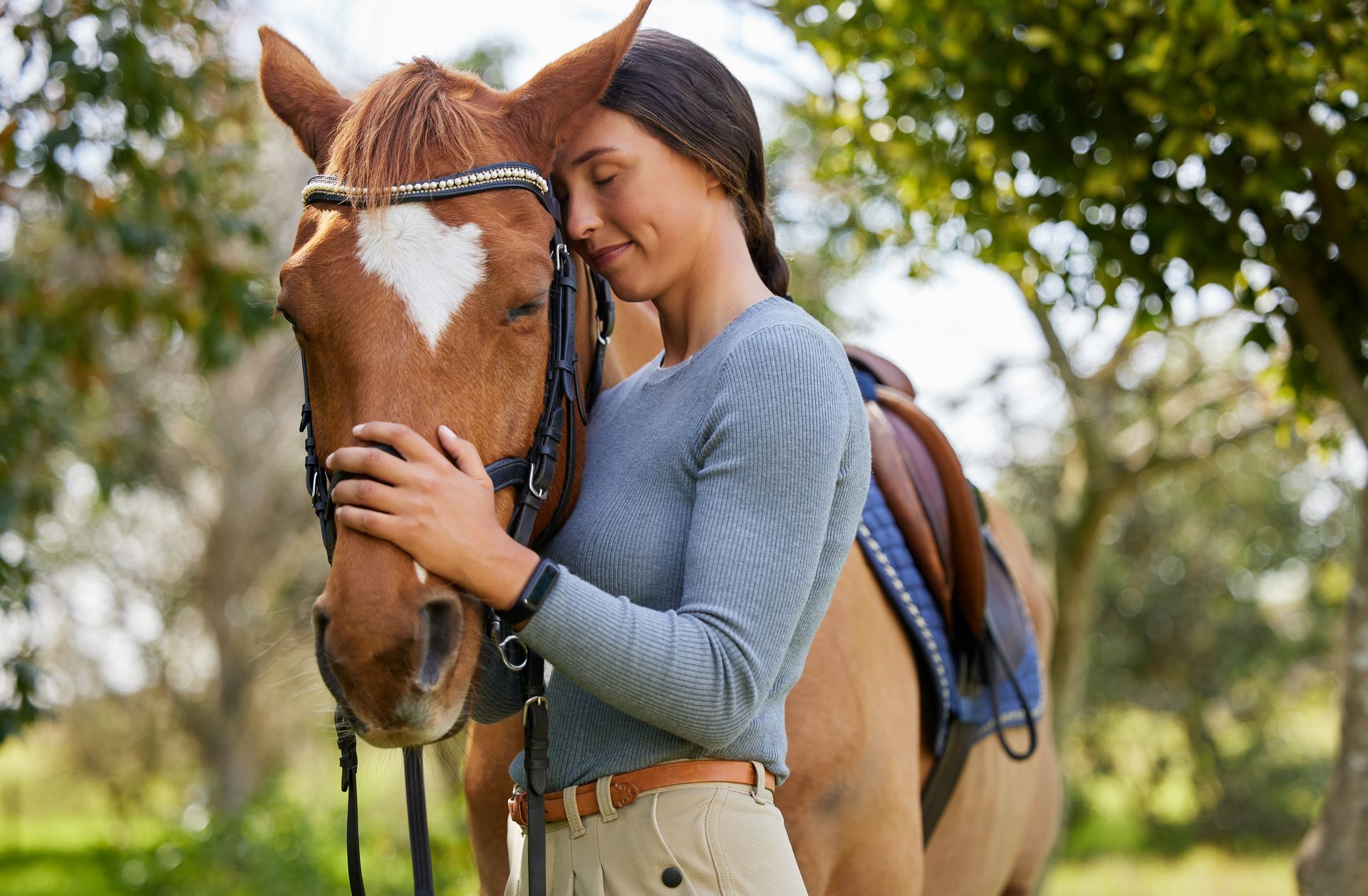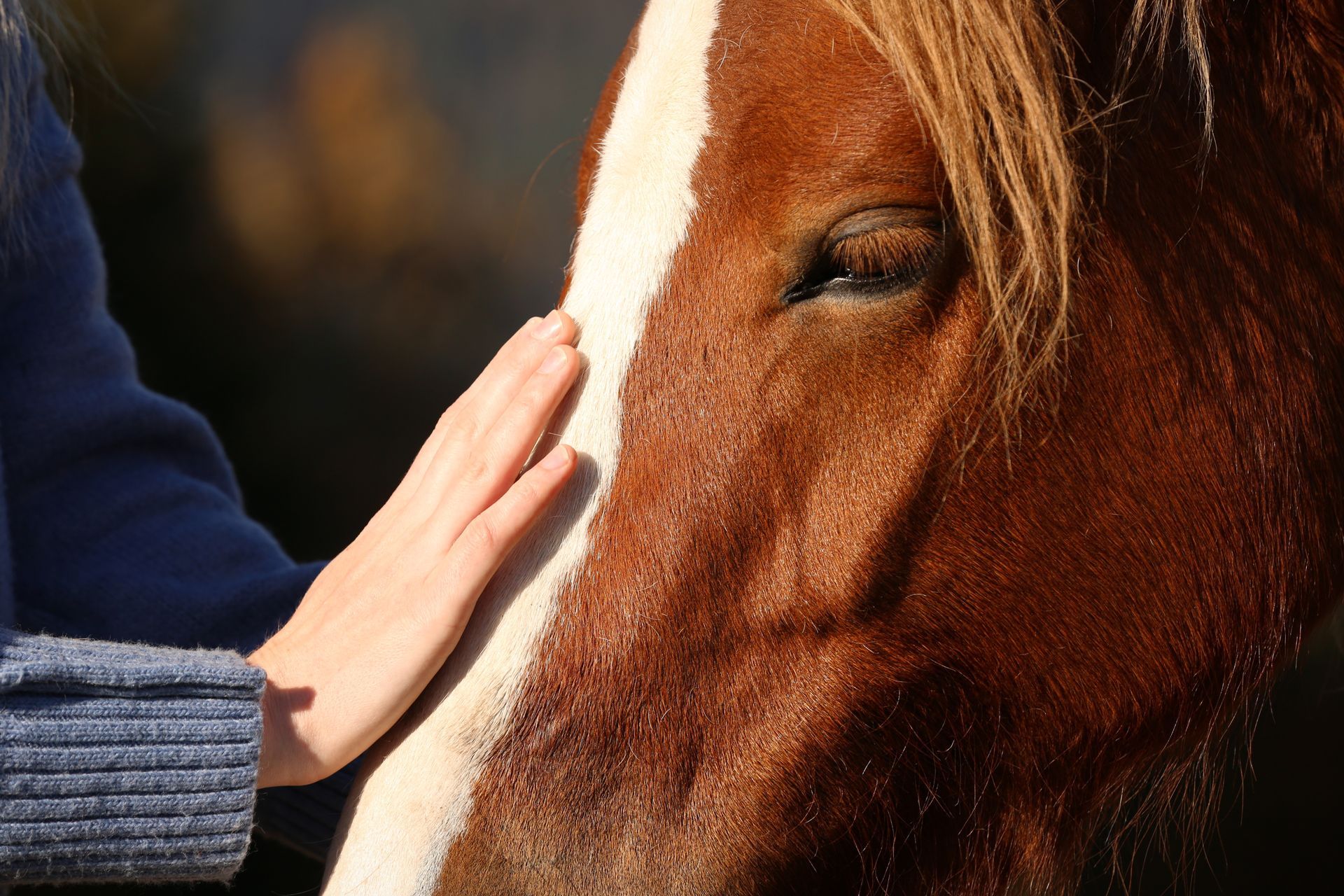This post was written by April Lyons of April Lyons Psychotherapy Group
It's simple to assume that your mind is to blame when it comes to mental health issues. However, studies have repeatedly demonstrated that our symptoms are not limited to that one location and that nothing is merely mental. Cellular processing typically handles memories, feelings, and experiences. During times of severe stress or worry, you may experience physical symptoms like anxious ticks. Even when you feel OK, your body keeps telling the tale.
Somatic therapy can be useful in this situation. When it comes to stress and mental health concerns, somatic therapy works well. It offers a different approach to symptom treatment than conventional talk therapy. Let's examine five typical methods.
Increasing Your Somatic Awareness
Teaching about body awareness is a key component of somatic therapy. This is an excellent place to start for any further somatic approaches. First, you learn how to recognize tension and how the body stores it. You also evaluate what can evoke feelings of security and serenity. Positive physical sensations can be enhanced and negative ones can be balanced with somatic awareness.
Scanning the Body
Body scanning is regarded as one of the fundamental methods of somatic treatment. This method aids in increasing awareness of the many body parts and sensations, such as stress, bodily sensations, and stored emotional reactions.
You will start by concentrating on that particular location in your mind. You'll address whatever feelings you may have as you work your way down, piece by piece. Do you have stress in your shoulders? Do your hands feel cooler than your body as a whole? Does your lower back feel particularly compressed?
You can better understand how stress is showing up in your body by using body scanning.
Exercises for Grounding
Another excellent technique to bring your body and mind back into the present is to do grounding exercises. This is frequently used to fight worry and stress, or if you start to feel overburdened. Simply recognizing how your feet feel on the floor can be the first step in this process.
Identifying the places of touch between your body and another surface may be one way. It frequently includes meditation, which enables you to center yourself and let go of unhelpful energy and/or emotions.
Another useful grounding method is breathwork, which uses appropriate breathing methods to help you control your body and relieve tension. It's crucial to keep in mind that it could take some time to become proficient at grounding exercises. Maintaining the procedure will assist you in the long run, even if you feel a little strange or like you're doing something incorrectly.
Movement-Based Therapy
Through a variety of activities, movement therapy helps you establish a connection with your body. Activities like yoga, tai chi, and dancing may fall under this category. These are movement-based exercises designed to help people express and let go of their inner feelings.
The goal of movement therapy is to help you let go of any stress and emotional burdens you may be carrying. Connecting your breath to your motions is essential for movement therapy to be effective. During your guided motions, you should also be mindful of any unfamiliar or strange feelings you may encounter.
Pendulation and Titration
Panic, anxiety, anger, irritation, and depression are just a few of the emotions that can show themselves as physical symptoms. You can feel disoriented, stranded, disconnected from your own reality, or out of sorts when one of these sets in.
Attempting to address such feelings from a conversational point of view isn't always the most effective method. By using this method, you can increase your resilience by switching between activation and regulation periods. To relieve tension in tiny doses, you alternate your attention between an upsetting and a non-stressful activity.
Tools for reducing stress and fostering growth can be found in somatic therapy. Even though some of these methods can appear simple, it's important to get professional help if needed. If you are struggling with stress and worry and would like some more guidance with somatic therapy please reach out today.










